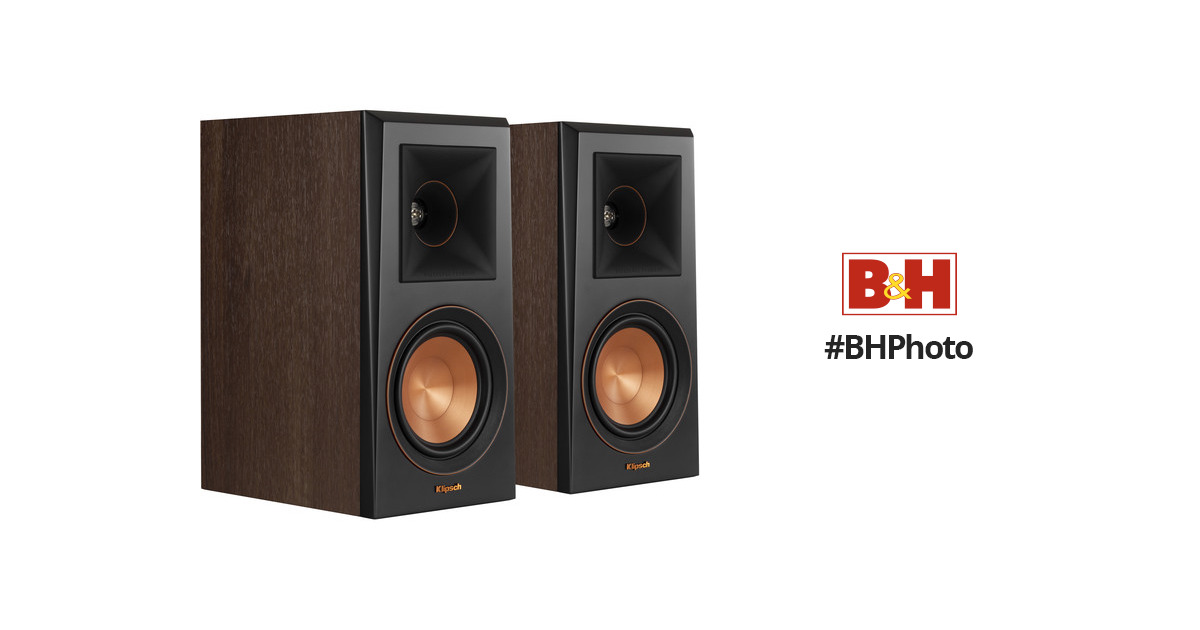JPsDeskSet
Member
- Joined
- Aug 9, 2022
- Messages
- 11
- Likes
- 2
Hi all,
I am struggle to understand what I am missing and hoping for some education.
I have an old pioneer, sx780. Sound profile aside (warm, cool, ect.) there is more punch compared to anything else I have paired my speakers with. At similar volumes the cones "move" more on the pioneer while all the other amps, you can't even see them move a higher volumes. With the pioneer the need for a sub is basically gone where all others, its required.
I have tried a Marantz sr9200 in Stereo, a Sonos Amp, and 5-6 newer class D amps. All of which fail to come even close. I have tried eq, but even when I crank it, sacrificing good sound, the drivers done seem to respond.
I am pairing them to Klipsch RP 500M's, 400M's, Paradigm Monitor SE Atoms, and Mica RB-42's.
Currently, just one RP-400M with the Pioneer (and no subwoofer) sounds more dynamic, full, punchy, bassy, than the Atom's, 500m's or Mica's, even when I add a sub. On the top end, they sound almost identical.
What am I missing?
I am struggle to understand what I am missing and hoping for some education.
I have an old pioneer, sx780. Sound profile aside (warm, cool, ect.) there is more punch compared to anything else I have paired my speakers with. At similar volumes the cones "move" more on the pioneer while all the other amps, you can't even see them move a higher volumes. With the pioneer the need for a sub is basically gone where all others, its required.
I have tried a Marantz sr9200 in Stereo, a Sonos Amp, and 5-6 newer class D amps. All of which fail to come even close. I have tried eq, but even when I crank it, sacrificing good sound, the drivers done seem to respond.
I am pairing them to Klipsch RP 500M's, 400M's, Paradigm Monitor SE Atoms, and Mica RB-42's.
Currently, just one RP-400M with the Pioneer (and no subwoofer) sounds more dynamic, full, punchy, bassy, than the Atom's, 500m's or Mica's, even when I add a sub. On the top end, they sound almost identical.
What am I missing?

